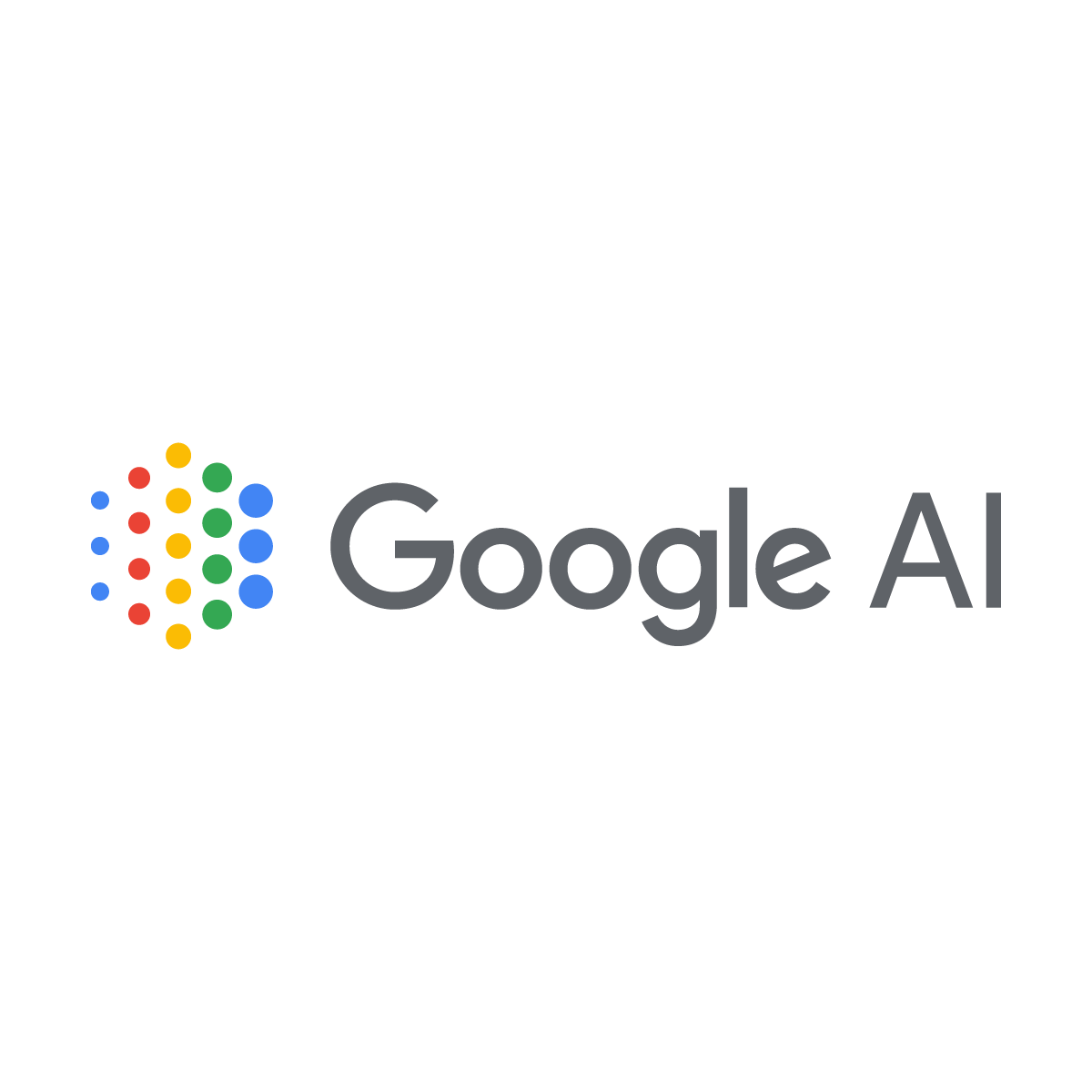
The Future of Search Ads in Google’s AI Mode: What Brands Need to Know
Google is ushering in a new era of search with the rollout of AI Mode, a powerful upgrade that transforms the traditional way users discover information online. Currently live in markets like the United States, United Kingdom, and India, this innovation doesn’t just change the search experience — it redefines how brands must approach advertising in the age of conversational AI.
What is Google’s AI Mode?
AI Mode introduces a conversational layer to search, allowing users to interact with Google more like they would with a chatbot. Instead of offering a simple list of links, this feature delivers in-depth, context-aware responses to complex, multi-part queries. Google reports that queries in this mode tend to be 2–3 times longer than traditional searches, indicating a deeper level of user engagement and intent.
Advertising Is Still at the Heart — But Smarter
With these longer, intent-rich searches, the question arises: Where do ads fit in?
Google is clear — advertising is not going away. Instead, it’s becoming smarter, more integrated, and more relevant. In the AI Mode experience, ads are not standalone elements — they are designed to appear within the conversation itself as helpful, contextual solutions to the user’s needs.
Key Ad Formats for the AI Mode Era
Google outlines three major ad formats that are especially effective in this new landscape:
1. Text Ads
Perfect for intent-heavy queries, especially those related to services, local businesses, or direct calls to action.
2. Shopping Ads
Visually rich and embedded directly into AI responses, these ads will be essential for e-commerce brands.
3. Performance Max (PMax) Campaigns
These automated, conversion-driven campaigns are expected to play a central role. PMax campaigns pull assets across all of Google’s networks and are designed to deliver across a wide range of user intents.
How Brands Can Win in AI-Powered Search
To thrive in this new ecosystem, businesses need to rethink their search strategy. Here are three key opportunities:
1. Be Present During Exploration
AI Mode allows brands to participate early in the customer journey, especially during research and discovery. With improved intent recognition, your brand can now show up before purchase intent is even fully formed.
2. Become the User’s Next Step
Once a user signals strong buying intent, your ad can become the logical next action.
3. Tap into Hidden User Intents
AI-driven search can detect user needs even when they’re not explicitly stated. This opens up opportunities to reach potential customers in moments you never considered before.
What Google Recommends for Advertisers
To make the most of this shift, Google suggests:
- Use Broad Match Keywords: Let Google’s machine learning find opportunities beyond exact matches.
- Leverage PMax Campaigns: Automation is key. Let algorithms adapt your ads for different user intents and formats.
- Optimize Product Feeds: For e-commerce, feed hygiene is crucial. Ensure your product data is detailed, accurate, and up to date.
- Test & Iterate: As AI Mode evolves, test different messaging and creative formats to find what works best within conversational results.
Final Thoughts
AI Mode is more than just a tech update — it’s a paradigm shift in how people search and how brands advertise. For marketers, this is a chance to go beyond keywords and start thinking about intent, conversation, and context. Those who adapt quickly and invest in automation and data quality will likely lead the next wave of digital success.
If your brand wants to stay ahead of the curve, now’s the time to embrace AI-powered advertising and explore how Google’s evolving platform can drive better results


